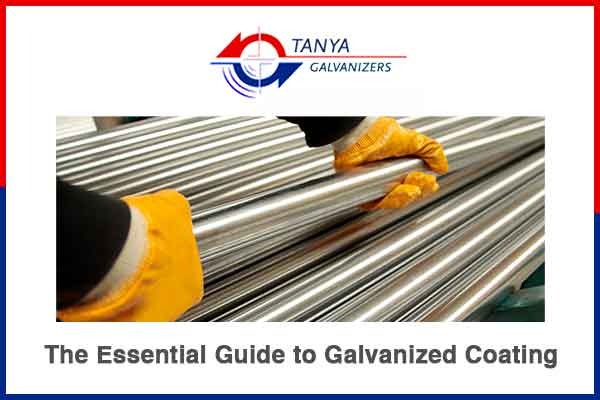Galvanized Coating is a vital process in the realm of metal protection and preservation. It involves the application of a more protective layer of zinc to steel or iron that helps to prevent corrosion and enhance longevity. This guide delves into the intricacies of galvanized coating, its benefits, application methods, and industry significance.
What is Galvanized Coating?
Galvanized Coating is a process where a zinc layer is applied to steel or iron to protect it from rust and corrosion. Such a protective layer acts as a barrier, shielding the underlying metal from environmental elements such as moisture, oxygen, and chemicals. Galvanization can be achieved through various methods, including hot-dip galvanizing, electro-galvanizing, and mechanical galvanizing.
Benefits of Galvanized Coating
- Corrosion Protection: The primary advantage of galvanized coating is its exceptional corrosion resistance. Zinc, being highly reactive, sacrificially corrodes before the base metal, thus extending the lifespan of the structure or component.
- Durability: Galvanized coatings are known for their durability and robustness, making them suitable for outdoor applications, marine environments, and industrial settings.
- Cost-Effective: Despite its superior protection, galvanized coating is cost-effective compared to alternative coatings like paint or powder coating. It requires minimal maintenance and provides long-term savings.
- Ease of Inspection: Galvanized coatings are visually inspectable, allowing for easy assessment of the coating’s integrity and potential areas of concern.
- Environmentally Friendly: Zinc is a recyclable material, making galvanized coatings environmentally friendly and sustainable.
Types of Galvanized Coatings
- Hot-Dip Galvanizing: This method involves immersing the metal in molten zinc, creating a thick, durable coating ideal for structural steel, outdoor equipment, and automotive parts.
- Electro-Galvanizing: In this particular process, a thin layer of zinc is electroplated onto the metal surface, offering excellent corrosion protection for smaller, intricate components.
- Mechanical Galvanizing: Also known as centrifuge or spin galvanizing, this method involves tumbling the metal parts with zinc powder, creating a uniform coating suitable for fasteners, nuts, and bolts.
Applications of Galvanized Coatings
- Construction: Galvanized steel is widely used in construction for roofing, fencing, beams, and infrastructure due to its durability and weather resistance.
- Automotive: Galvanized coatings protect automotive parts such as chassis, exhaust systems, and body panels from rust and corrosion, prolonging their lifespan.
- Utilities: Utility poles, transmission towers, and pipelines benefit from galvanized coatings, ensuring reliability and longevity in harsh outdoor environments.
- Marine: Ships, offshore platforms, and marine equipment utilize galvanized coatings to withstand saltwater exposure and prevent corrosion.
Industry Significance
The galvanized coating industry plays a crucial role in various sectors that includes construction, manufacturing, transportation, and infrastructure development. Its contribution to corrosion protection, durability, and cost-effectiveness makes it a preferred choice for engineers, architects, and manufacturers worldwide.
Bottom Line
Galvanized Coating is a cornerstone in metal protection, offering unparalleled corrosion resistance, durability, and cost-effectiveness. Its benefits, application methods, and industry significance are essential for anyone involved in metal fabrication, construction, or manufacturing to understand. Embracing galvanized coatings ensures longevity, sustainability, and reliability in a wide array of applications, making it a timeless solution in the ever-evolving world of materials engineering.

